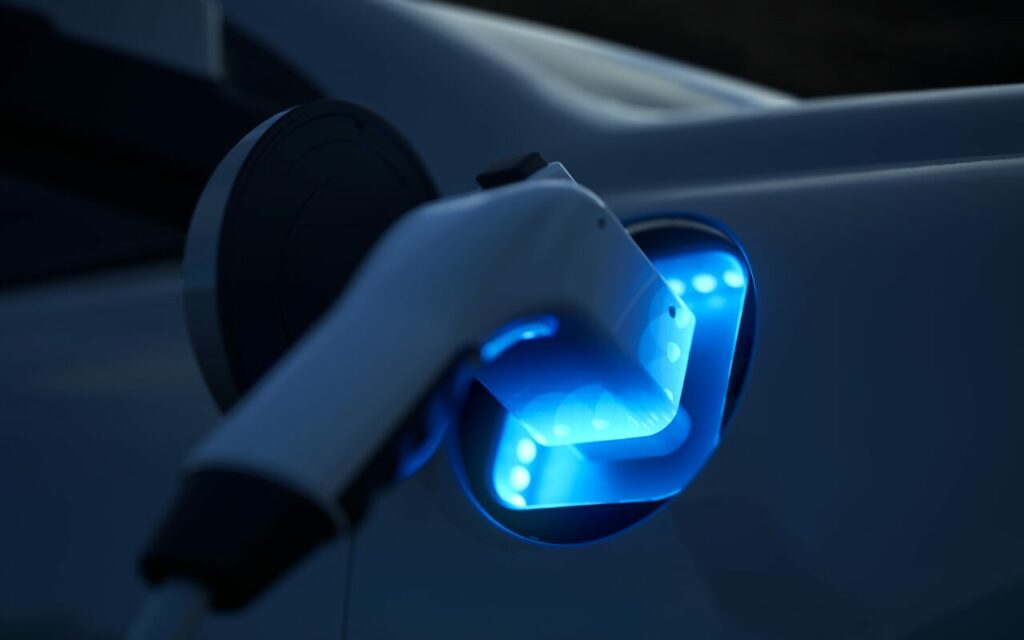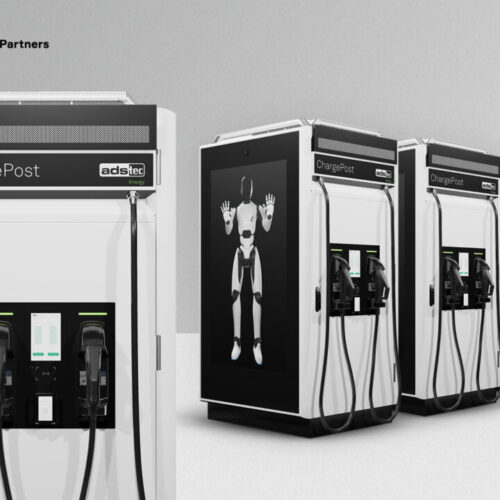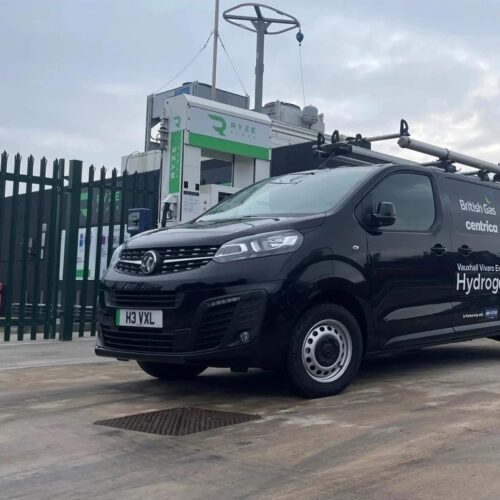“V2G (vehicle-to-grid) could be used locally in residential applications, as backup power, or to support the overall grid locally,” said Mike Becker, manager of market analytics at CSA Group, during a Current± webinar yesterday (March 12).
As the adoption of electric vehicles (EVs) continues to grow across the UK and other European countries, the potential of V2G charging grows in parallel. As explained by Becker, V2G chargepoints are “often used for reducing demand charges, frequency regulation, and backup support, so they perform the same function as a larger battery system, but are instead smaller batteries that can be aggregated with an EV”.
The implications of this technology go beyond the world of EVs and affect the grid’s stability. The transition to renewable energy has meant further reliance on the grid, so the introduction of technology which aims to alleviate this pressure is generally welcomed.
However, exporting charge from an EV back to the grid requires specific bi-directional chargers, which in turn require specific safety standards and certifications. According to Becker, these can differ depending on the connector and current, such as alternating current (AC) or direct current (DC).
“There is a series of standards, the IEC 61851. This is the safety standard series for electric vehicle charging equipment, specifically conductive charging,” he said. “This covers all four modes of charging, which is broken up similarly to the other standards into AC charging with a plug-in, a cord or a permanently connected AC charger or the mode for being a DC supplier or DC fast charger.”
“The main standard that has been more recently released and updated in the US is the UL 9741, or the equivalent CSA standard, the 348. This covers EV charging stations that can accept power from an electric vehicle and convert it back into AC power in the exports of the grid.”
As well as adopting its own standard by which it judges the safety of bi-directional chargers, the CSA Group have recently introduced “additional testing capabilities for EV supply equipment and grid interactive inverters”.
Becker added: “We also introduced equipment that serves as the communication simulator that simulates the EV battery, AC grid emulators where we can simulate those grid variations, and then also an environmental chamber to simulate various environmental conditions, hot and cold conditions for example, and see how the EV charging station reacts.”
This type of equipment will be used to identify whether a charging station is safe and viable for use. The company’s certification programme has several stages, each of which Becker detailed during the webinar.
“We have a project planning stage where we do an initial design review of the product,” he said. “Then, we do our lab testing, and we review the results of that lab testing so we can create a draft report, which documents all of the different critical safety components of the product, the test results, and all the information about the product.”
“After these steps have all been completed, we will make a final decision and allow for certification.”






